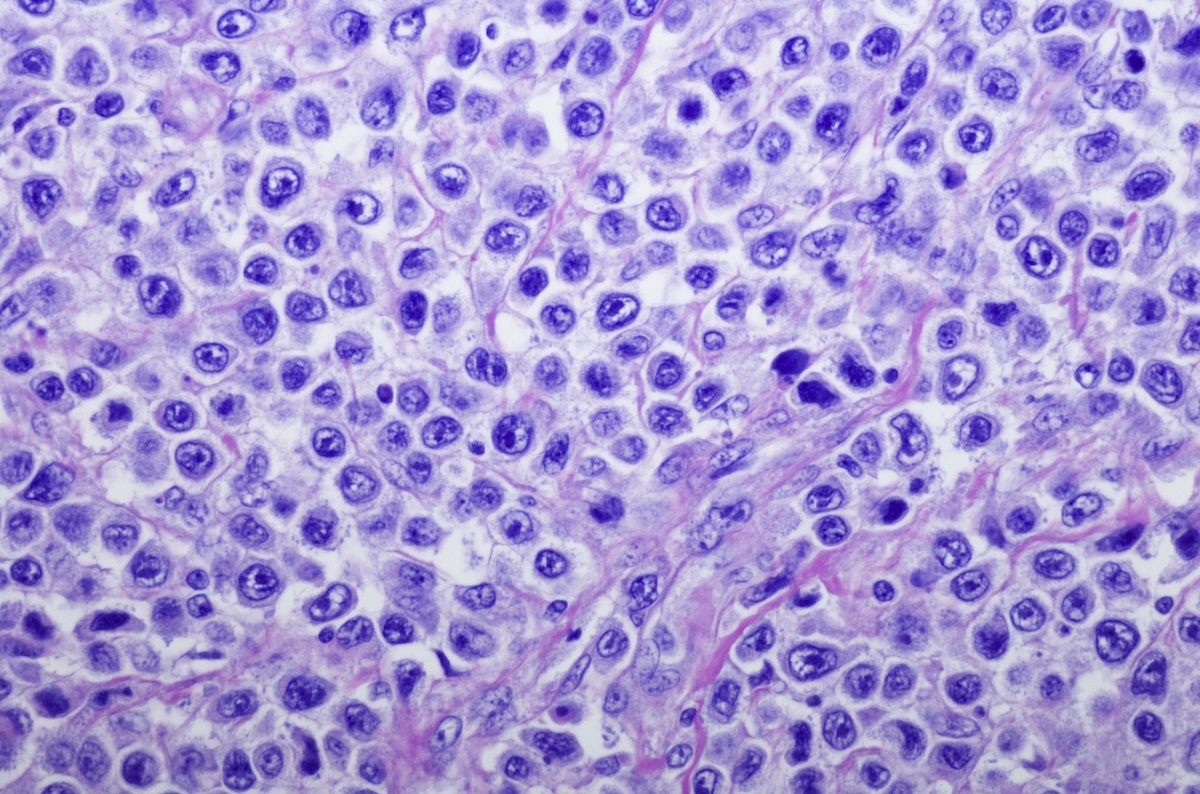Diffuse large B-cell lymphoma (DLBCL) is the most common form of non-Hodgkin’s lymphoma (NHL) in the United States. Each year, around 18,000 to 20,000 Americans are diagnosed with DLBCL, making up about one-third of all cases of NHL. This type of cancer affects the lymphatic system, a key part of the body’s immune system. Understanding DLBCL is important because it’s one of the more aggressive types of lymphoma…

What is DLBCL Non Hodgkin’s Lymphoma?
Diffuse Large B-Cell Lymphoma (DLBCL) is a type of cancer that affects a part of the body’s immune system called the lymphatic system. The lymphatic system helps fight infections and includes lymph nodes, the spleen, and other organs. In DLBCL, a type of white blood cell called a B-cell, which is supposed to help protect the body, starts to grow uncontrollably and becomes cancerous.
This type of cancer is called “diffuse” because the cancer cells spread out widely in the lymph nodes rather than staying in one place. It’s called “large” because the cancerous B-cells are bigger than normal. DLBCL can grow quickly, but with proper diagnosis, there are ways to manage it effectively. It can show up in different parts of the body, not just the lymph nodes, but also in organs like the liver or spleen.
What Causes Diffuse Large B-cell Lymphoma?
DLBCL happens when certain cells in the immune system, called B-cells, start to grow out of control. Normally, B-cells help the body fight infections, but when something goes wrong with their DNA (the instructions inside cells that control how they grow and function), they can become cancerous.
In Diffuse Large B-cell lymphoma, changes in the B-cells’ DNA cause them to multiply rapidly and spread to different parts of the body. These changes can happen randomly as people get older or due to exposure to certain factors over time, but the exact reason why this happens isn’t always clear. The result is that the body ends up with too many abnormal B-cells, leading to the development of this type of cancer.
Are There Different Types?
Continue reading on the next page and discover, among others, how you can recognize this type of cancer.

